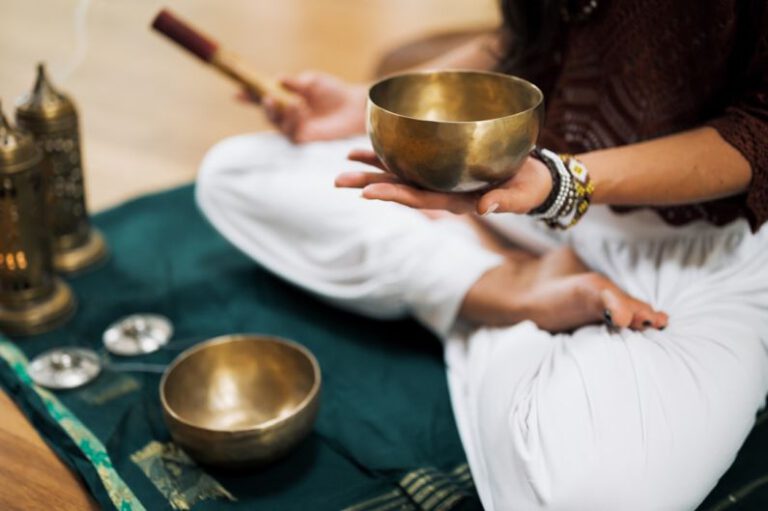Introduction to Ashtanga Yoga
Ashtanga Yoga: A Dynamic Practice for Mind and Body
Originating in Mysore, India, Ashtanga Yoga is a dynamic and physically demanding form of yoga that focuses on synchronizing breath with a progressive series of postures. This traditional style of yoga is designed to build strength, flexibility, and stamina while also promoting mental clarity and inner peace. With its roots deeply embedded in ancient yogic teachings, Ashtanga Yoga offers practitioners a structured and disciplined approach to self-discovery and personal growth.
The Eight Limbs of Ashtanga Yoga
At the core of Ashtanga Yoga are the eight limbs, or guiding principles, that serve as a roadmap for practitioners on their journey towards self-realization. These eight limbs, as outlined in the Yoga Sutras of Patanjali, provide a comprehensive framework for living a meaningful and purposeful life. By incorporating these principles into their practice, students of Ashtanga Yoga can cultivate a sense of balance, harmony, and well-being in all aspects of their lives.
The Primary Series: A Foundation for Growth
Central to the practice of Ashtanga Yoga is the Primary Series, also known as Yoga Chikitsa, which translates to “yoga therapy.” This series of postures is designed to purify the body, calm the mind, and create a strong foundation for further exploration and growth. Through a specific sequence of poses that are linked together through breath and movement, practitioners of all levels can experience the transformative power of Ashtanga Yoga.
The Importance of Breath and Bandhas
One of the defining features of Ashtanga Yoga is the emphasis placed on the breath, or pranayama, and the engagement of the bandhas, or energy locks. By coordinating breath with movement and activating the bandhas, practitioners can cultivate a deep sense of awareness and focus throughout their practice. This conscious integration of breath and bandhas not only enhances the physical benefits of the practice but also helps to quiet the fluctuations of the mind, leading to a state of inner stillness and presence.
The Role of the Mysore Style
In the traditional Mysore style of Ashtanga Yoga, students practice at their own pace and are guided individually by a teacher who offers personalized instruction and adjustments. This self-paced approach allows practitioners to develop a deeper connection to their practice and cultivate a sense of independence and self-reliance. By committing to a regular Mysore practice, students can experience steady progress and growth on their yoga journey.
The Ashtanga Yoga Community
Ashtanga Yoga is more than just a physical practice; it is a way of life that fosters a sense of community and connection among practitioners around the world. Through workshops, retreats, and gatherings, students have the opportunity to come together to share their love for yoga, learn from one another, and support each other on their path to self-discovery. This sense of camaraderie and mutual respect creates a supportive and nurturing environment in which individuals can thrive and grow both on and off the mat.
Cultivating a Mindful Practice
In conclusion, Ashtanga Yoga offers a comprehensive and holistic approach to physical and mental well-being. By incorporating the eight limbs, practicing the Primary Series, focusing on breath and bandhas, embracing the Mysore style, and connecting with the global Ashtanga community, practitioners can cultivate a mindful and transformative practice that brings balance, strength, and peace to their lives. Through dedication, discipline, and a willingness to explore the depths of their being, students of Ashtanga Yoga can unlock their true potential and experience the profound benefits of this ancient and powerful practice.






